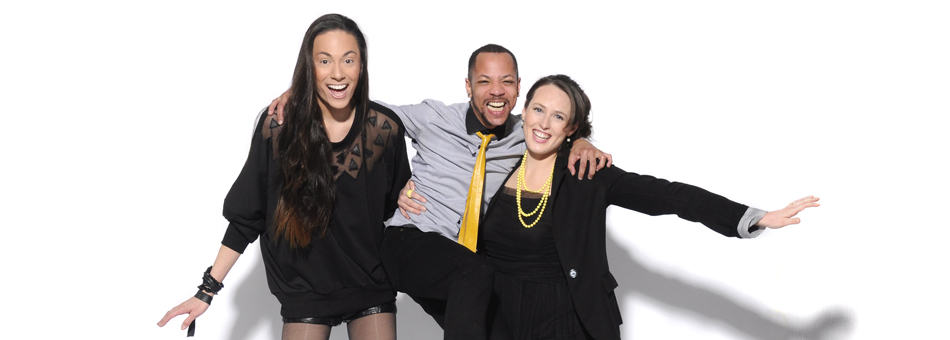As a queer theorist, Sheila Cavanagh says it is her duty to explore the crude, the abject and the inappropriate. But bathrooms? Sex? Sex and bathrooms? Yup. The result of her research is a smash hit play that took the Toronto Fringe festival by storm a few summers ago. Queer Bathroom Stories was adapted from Sheila’s research, for which she conducted 100 interviews with LGBT identifying individuals on the topic of sex and washrooms. It’s the brainchild of an academic passionate about sexuality, the body and desire—and the places where these things take us. It’ll be featured at Buddies In Bad Times Theatre for your viewing pleasure, starting this Friday!
Behind Sheila Cavanagh’s research was a motivation to examine the human rights issues that surround public bathroom use, and the trouble trans and gender variant people experience when trying to access toilets that correspond to their gender identity. Cavanagh suggests that this issue is not taken seriously enough in academia and was compelled by her desire to understand how bathrooms condition and create the ideas we have about gender. In her many interviews Cavanagh witnessed the grimy truth behind bathroom stall doors: that gendered spaces, such as washrooms, act as license for people to “interrogate the gender identities of others.”
“Gendered toilets seem to be most rigorously enforced in Canada and the United States,” Cavanagh says. “There are mixed gender toilets throughout Europe, particularly in France.” She adds that, once upon a time, “excretion was a semi-public and gender inclusive event.” The contentious issues around gendered bathrooms, at least in Canada and the States, take on a vain of protecting women against violence in these spaces. “Many people believe bathrooms are gendered to protect women against male violence. Ironically, gendered toilets invite and do not guard against violence,” Cavanagh says. “Studies on violence repeatedly show that segregated, enclosed, dark spaces are dangerous while open-concept, inclusive, well-lit spaces are safer. Fewer instances of violence happen in gender inclusive bathrooms than in gender segregated toilets. The gender sign on a bathroom door will not stop a sexual perpetrator.”
The rhetoric of protecting women seems to be called into question every time a trans individual is attacked in a gendered washroom. We see illicit and strict policing of gender and gender identity enacted upon the bodies of trans folks whenever they enter these spaces. From the violent attacks witnessed at a York University washroom not just three years ago to the scenes of harassment in Boys Don’t Cry, gender and body policing is all around us, and public gendered bathrooms are a space in which this policing feels adequately entitled to exist.
Queer Bathroom Stories allows us to go into these places and explore the stories that made Cavanagh laugh and cry and then laugh some more. As a proud partner of WorldPride events, Queer Bathroom Stories aims to participate and influence the conversation around bathroom controversy that seems to be predominant in Canada and the United States.
After a successful run at the Toronto Fringe Festival, complete with encore performances and requests to travel all over Ontario, it is evident that the play has struck a nerve.


 Follow Us On Instagram
Follow Us On Instagram

 Drag shows, op
Drag shows, op
 This Thursd
This Thursd